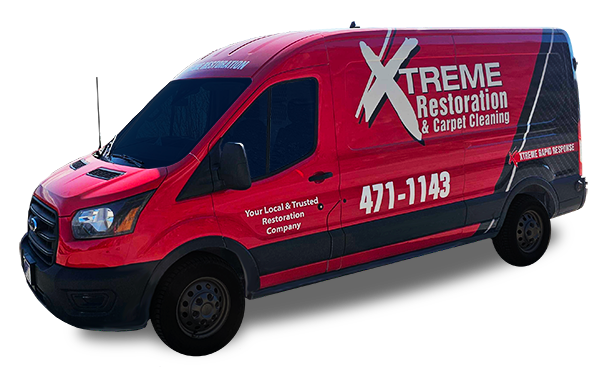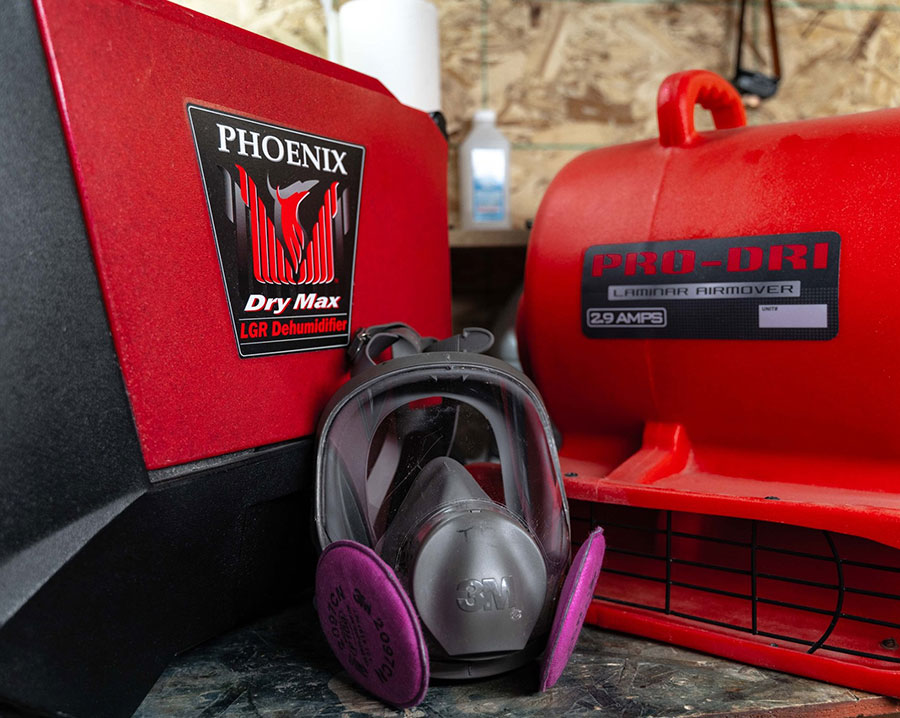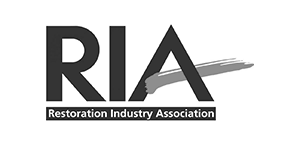Ever wondered what happens to a building after a fire? It’s not just the obvious charring and destruction. Fire damage includes many secondary effects that can be just as bad as the flames. But what counts as fire damage, and how do we assess it for fixing buildings?
Fire damage isn’t just the visible burn marks. It also includes soot, smoke, and water damage from fighting the fire. This wide range of damage needs a detailed assessment to figure out how to fix the building.
Key Takeaways
- Fire damage includes both direct burn effects and secondary smoke, soot, and water damage.
- A comprehensive fire damage assessment is essential to plan for building restoration.
- Professional cleanup services utilize advanced methods to minimize further property damage.
- Effective fire damage cleanup is vital for safely restoring a property to its original condition.
Types of Fire Damage
Fire damage can take many forms, each needing its own fix to get things back to normal. Knowing these types helps figure out the right steps to take.
Burn or Heat Damage
Burn or heat damage can weaken a building’s structure. This damage often means replacing key parts like walls and beams. It’s done to make the building safe and stable again.
Soot or Smoke Damage
Soot or smoke damage affects surfaces and air quality. It needs deep cleaning to remove stains and smells. Special methods like abrasive blasting are used to get rid of smoke residue and smells. It’s also important to clean the air to make the place safe to live in again.
Water Damage or Water Staining
Water damage often comes from fighting fires. It can lead to mold growth, which needs to be fixed. Materials like stone or brick might need special cleaning to remove stains and stop further damage.
Causes of Fire Damage
Knowing why fires happen is key to staying safe. From electrical issues to kitchen mishaps, spotting these dangers helps us avoid them. This knowledge is vital for fire safety.
Electrical Malfunctions
Electrical problems often lead to fires. Faulty wiring and overloaded circuits can spark and start fires. It’s important to follow electrical safety tips.
Check for frayed wires and use appliances right. Don’t overload sockets to keep your home safe.
Cooking Accidents
Kitchen fires are common and dangerous. Unattended stoves and overheated oil are big fire risks. Always watch your cooking and keep flammable things away.
Clean grease from surfaces to prevent fires. This simple step can save your kitchen.
Heating Equipment Failures
Space heaters and furnaces can fail and start fires. Using them wrong or too close to things that burn can be dangerous. Make sure to use and maintain heating devices correctly.
Space heaters should have a shut-off feature. Keep them on a stable, safe surface.
Arson and Others
Arson and natural events like lightning can also cause fires. Arson is a crime, but knowing how to protect your home is important. Being aware of all fire risks helps keep everyone safe.
Impacts of Fire Damage
Fires cause more than just physical damage. They affect people emotionally and financially too. It’s important to understand these effects to help with recovery.
Physical Impacts
Burns, smoke inhalation, and disabilities are common injuries from fires. These injuries require long-term medical care. They can greatly reduce a person’s quality of life.
Fire victims often face serious health issues. These can change their daily lives forever.
Emotional Impacts
Experiencing a fire can deeply affect a person’s mental health. It can lead to PTSD, anxiety, and depression. The loss and fear can be overwhelming.
People need mental health support to heal. This support is crucial for recovery.
Financial Impacts
Fires also have a big financial impact. Damage to property and loss of belongings are costly. Medical expenses add to the financial burden.
The financial effects can last long after the fire. Insurance may not cover everything. This leaves people with unexpected expenses and the need for financial planning.
What is Considered Fire Damage?
Fire damage affects buildings and belongings in many ways. It depends on the fuel type and the damage it causes. There are two main types of damage: direct and indirect.
Direct damage happens when the fire directly touches something. This includes charred buildings, burnt items, and any immediate damage from the heat. Knowing about these types helps property owners understand the fire’s impact.
Indirect damage comes from smoke, soot, and water used to put out the fire. These effects can spread far, even to areas not directly hit by the fire. It’s key to recognize these impacts for proper cleanup.
When filing insurance claims, knowing the fire classifications is crucial. Insurers use these to cover both direct and indirect damages. This affects how much you get paid and what repairs are done.
Understanding fire damage types and cleanup steps is vital for recovery. Both property owners and restoration teams need to know this to handle fire damage well.
Fire Safety and Prevention Measures
It’s vital to protect your home from fire damage. Start by installing and testing smoke detectors regularly. Also, create a fire escape plan and practice it with your family.
Always cook safely, never leaving food unattended. Keep electrical cords and outlets in good shape to avoid overload. These steps can greatly lower fire risks.
Smoke Detectors
Smoke detectors are key to home safety. They should be installed and tested often. This helps catch fires early, saving lives and property.
Place detectors in kitchens, bedrooms, and hallways. This ensures everyone is covered.
Fire Escape Planning
Having a fire escape plan is essential. Everyone should know how to get out and where to meet outside. Fire drills help everyone stay calm and quick in emergencies.
Safe Cooking Practices
Safe cooking is important to avoid fires. Never leave food cooking alone. Keep flammable things away from heat and have a fire extinguisher ready.
These simple steps make your kitchen safer.
Electrical Safety
Preventing electrical hazards is crucial. Check cords, outlets, and appliances often. Don’t overload outlets and replace damaged cords right away.
Make sure all electrical work meets safety standards. This is a big part of keeping your home safe.
Fire Damage Restoration and Recovery
Restoring a property after a fire involves several important steps. These steps ensure a complete and effective recovery. Property owners need to understand these steps and their importance.
Initial Assessment
The first step is crucial. Disaster recovery experts check the damage and see what can be saved. They also plan the recovery effort. This step is key to starting the process right.
Cleanup Process
Cleaning up after a fire is essential. Fire restoration services use special methods to remove soot and smoke. These methods make sure the area is clean and safe for repairs.
Insurance Claims
Handling insurance claims is a big part of recovery. Getting help with insurance claims can speed up the process. It’s important to know what your policy covers.
Seeking Professional Help
Getting help from experts like Xtreme Carpet Cleaning & Restoration is very helpful. They have the skills to restore your property to its original state. Their experience makes the recovery process smoother.
Conclusion
Understanding fire damage helps us prepare for fires. We learn how things like electrical problems and cooking accidents can cause big issues. This knowledge lets us take steps to prevent fires.
Fire safety is key. Tools like smoke detectors and fire escape plans are vital. They help keep us safe and protect our homes.
Fire damage affects us in many ways. It can destroy buildings, cause emotional pain, and hit our wallets hard. Knowing this helps us take steps to avoid these problems.
If a fire happens, knowing how to recover is important. From the first steps to cleaning up and dealing with insurance, it’s all crucial. Getting professional help ensures our homes are fixed right.
This guide shows how important it is to understand fire damage and safety. It helps us all be ready for emergencies. It’s about being strong together and keeping our communities safe.




















